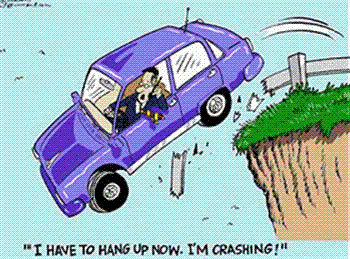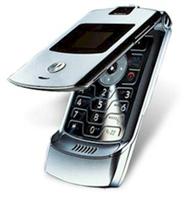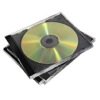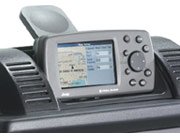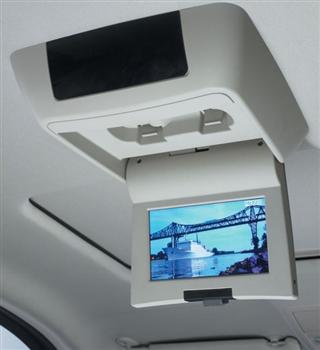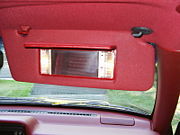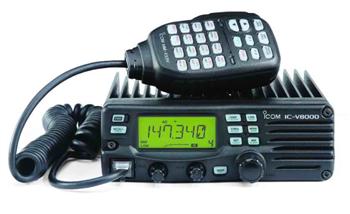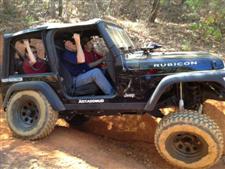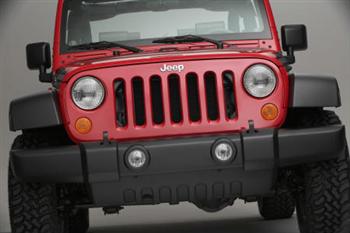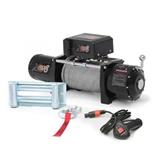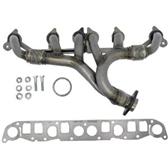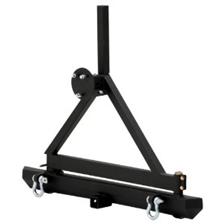|
Driving Safety Tips: Your Vehicle...Your Life!
Driving safety tips have been around since...well, since we started driving. Even when riding horses or driving a horse drawn wagon there were safety rules and guidelines for safe operation to spare the animal and the rider(s). Although one could get hurt or even killed while riding an animal, the sheer magnitude of danger has increased dramatically with 1 to 3+ ton creations of metal, plastic and rubber rolling at up to 10 times the speed of the fastest horse. While modern cars, Jeeps and trucks have become safer to operate utilizing new technology to improve driving safety...a new set of dangerous activities have grown out of those same technologies that improved vehicle safety in the first place. In the old days (not that long ago really) Jeeps and automobiles were relatively simple machines from a primarily mechanical structure with some basic electrical components. Most anyone with basic mechanical abilities could do some pretty extensive work and repairs on their own vehicles when needed. You could buy a Chiltons Repair Manual and you were good-to-go on most repairs. Today, the modern vehicles retain much of the same mechanical components of their ancestors...however, the average shade tree mechanic practically needs a degree in Electronic Engineering and Information Technology (computers) just to do a decent tune-up. So...how does this relate to driving safety tips? In an attempt to make driving easier and more comfortable new automotive technology combined with computer and communication technology have inadvertently contributed to significant human distraction when operating these sophisticated machines. In other words drivers are frequently turning their focus from the road while operating various devices for comfort and convenience. 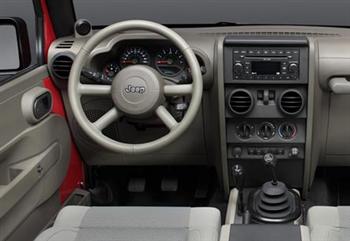
Vehicles have had basic radios for quite some time, which even early on created a new distraction for drivers while changing channels and adjusting the volume, etc. Later new components were added to radios such as AM/FM, 8-track, cassette and CD all increasing the level of distraction available to the driver.
Today's driver has a myriad of devices and controls to focus his/her attention away from the most important function of safely operating the vehicle. Some potential distracting devices include:
Attempts have already been made in some vehicles to reduce the danger of these distractors such as Voice Activated Controls and steering wheel mounted buttons/controls which reduce the need to take your hands off the wheel and eyes off the road. Ultimately however, the responsibility of driving safely falls solely to the DRIVER, who must use good judgement as long as he/she is behind the wheel. No device can substitute for good basic human judgement and decision making. Therefore, the number one driving safety tip always begins with YOU and Me...the driver. So when is comfort and convenience in our vehicle a bad thing? The simple answer is when these things prevent us as drivers from focusing on what should be our main objective of going between point A and point B without harming ourselves, our passenger(s), our vehicle or anyone else. The following simple (but often forgotten or neglected) driving safety tips may help reinforce our responsibilities on and off the road:
As you might have guessed by now these driving safety tips all require a commitment from drivers to remain focused and alert at all times while piloting a car, Jeep, truck, motorcycle, bus, boat, bicycle or any other human guided vehicle. So the next time you settle behind the wheel of your favorite vehicle, I hope that these driving safety tips will help keep you and yours stay safe on all of your journeys, whether they be long or short. 
Custom Search
(Return To Top Of This Page)
|
Show and Tell Us About Your Jeep..
|



